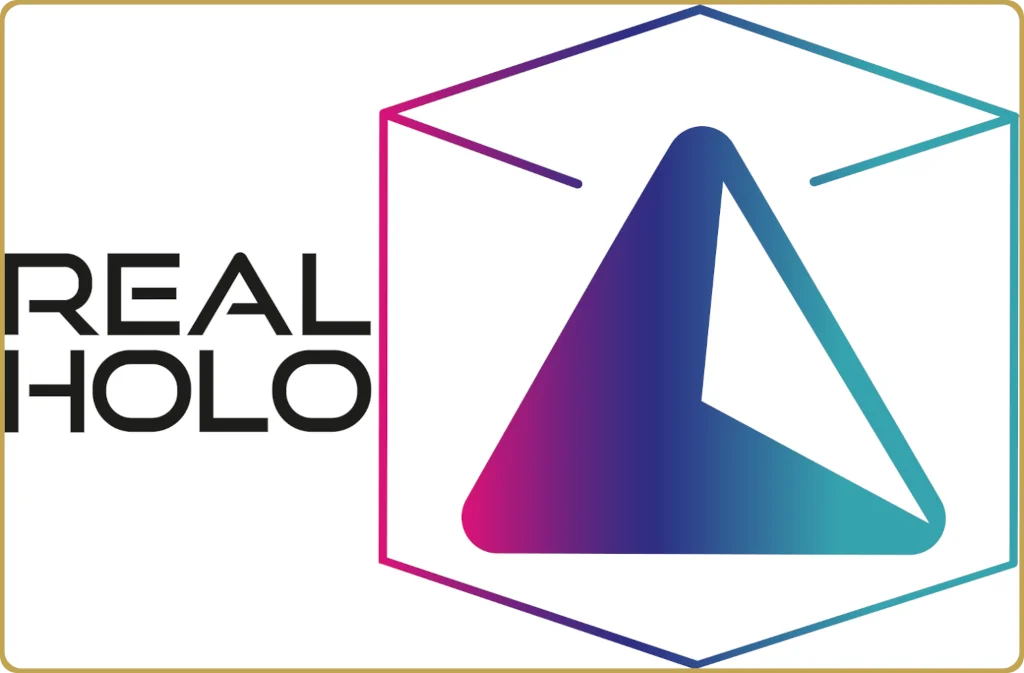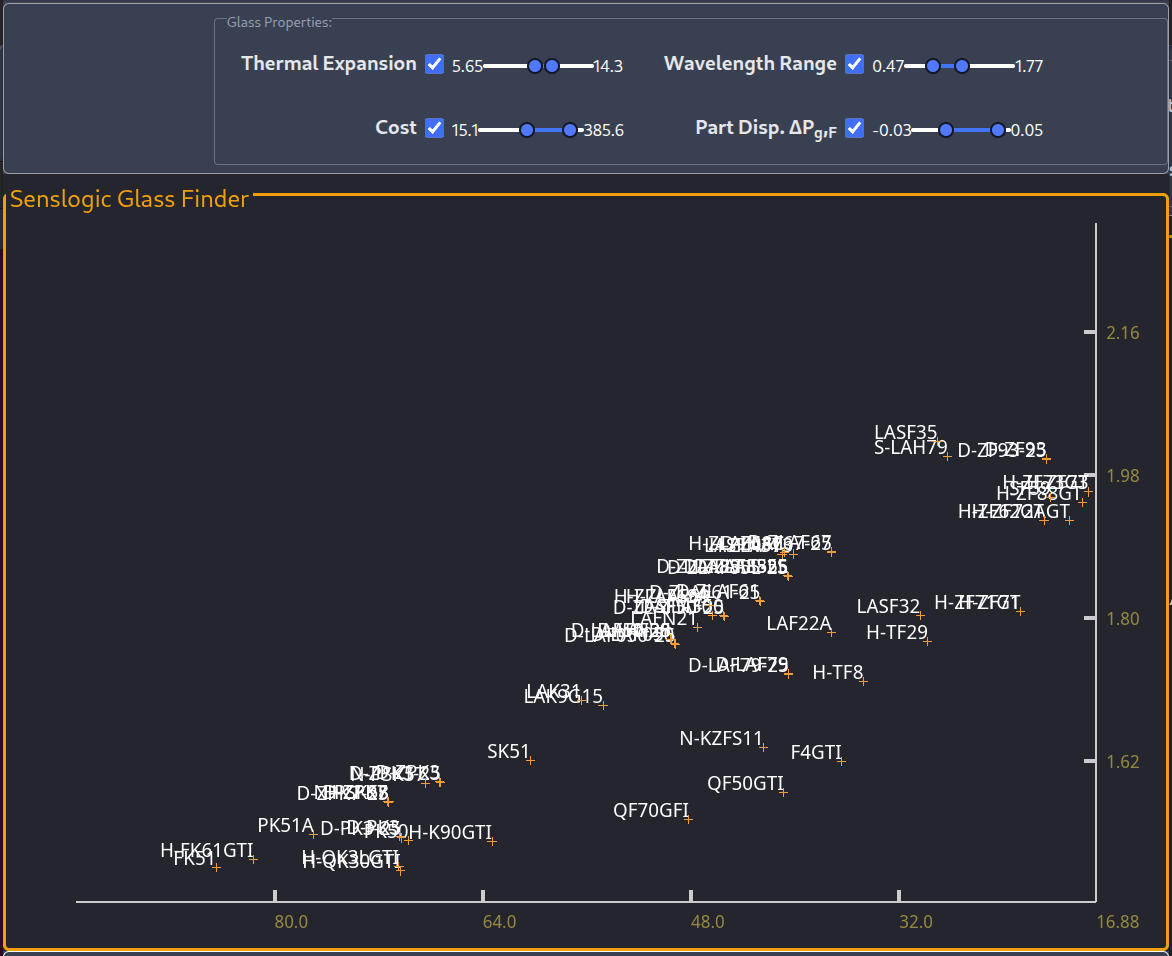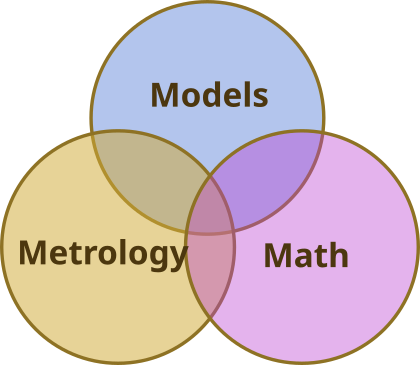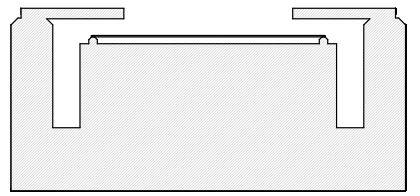RealHolo is an EU-funded project aiming to produce a reflective, micro-mirror array, spatial light modulator with the aim to “pave the way for mainstream mixed reality environments”, quoting the project site verbatim. However, if we pop the hood and look inside, we will find that with the specifications and technical targets already achieved, RealHolo is about much more than meets the eye.
Let’s have a look at the specification first, and then delve into why this small component could become a big deal for several interesting applications.
- 4000 by 2400 pixels with individual dimensions of 4μm by 6μm
- Frame Rate > 1 kHz. However, the CMOS backplane offers a bandwidth of 200 Gbits/s
- Deflection range of 0 to 350 nm.
- Analogue resolution, 8-bit
- Micro-mirror tilt < 0.1º
So, what could we do with a specification like this? Let’s jump in to see some of the applications where RealHolo will compete and possibly even excel.

Laser Direct Write Lithography – Digital Scanners
At the start of the 21st century, the buzz around spatial light modulator (SLM) technology was palpable. Industry giant ASML the early adopter, Micronic were leading extensive projects in this domain. Simultaneously, the electronic display market was in the throes of a debate: should it pivot toward back-projection TVs or embrace LCDs?
Moreover, we witnessed an aggressive push towards finer features in integrated circuits, all striving to keep up with Moore’s Law. By the mid or late 2000s, the technology pivoted toward E-Beam, especially given the promise of multi-beam systems to address capacity concerns and the interest in this technology subsided.
Fast forward a decade, and the pendulum seems to be swinging back toward optical direct-write systems. Nikon, for instance, is currently working on a system using a binary phase-only scrolling SLM, something of a hybrid between the Texas Instruments DLP and the PLV from Silicon Light Machines. This system is characterized by its simplified illumination and a more attractive cost of ownership model.
Enter RealHolo. What makes it compelling for this application? For starters, RealHolo offers very respectable data bandwidth. While it might not rival the throughput of an ASML stepper, which can process 200 wafers per hour, it still presents a commercially viable use case.
Reflecting on ASML’s innovations two decades ago, they pioneered a tilt-mirror SLM capable of emulating an alternating phase-shifting mask. It also supported gray-scaling in a system which used a traditional partially coherent setup and an ArF excimer laser. This modulator utilized an impressive micro-mirror array—11 million mirrors ticking at 6 kHz—with plans to integrate multiple such arrays in one machine. By the era’s metrics, it was a groundbreaking achievement. Yet, today, such a design might struggle to find a justifiable business case.
Phase-only SLMs bring another dimension to the table. Hypothetically, one could merge two or four mirrors to synthesize any desired phase and amplitude—a functionality with undeniable applications. However, for direct write systems that aim for the theoretical resolution limits while simulataneously keeping write times in check, using multiple micro-mirrors for a singular compound pixel, resulting from a two to four-fold reduction in writing capacity, is simply unacceptable.
There is however a middle road that captures the resolution advantages of alternating phase-shifting masks without sacrificing writing speeds by combining pixels. This middle road treats the entire modulator as one coherent unit and the price to pay for all the advantages it offers is to find the phases for each individual mirror that produce the desired image. Luckily, coherent imaging is a linear problem, and although the number of variables can indeed be large, solutions that project real-valued images (meaning square-dependence of CD with focus) exist and can be computed without resorting to iterative search methods which can have unpredictable results. For partially coherent imaging, the problem is no longer linear and the coherent solution can only serve as the starting point of an iterative approach. It is, however, invaluable to have a starting point which in the limit of small illumination apertures is correct.
The key difference between the approaches of Nikon and RealHolo lies in the quality of the generated patterns. Nikon’s binary modulator cannot be calibrated and relies on averaging to enhance pattern quality. However, this method has diminishing returns, since the improvement in image quality like line edge roughness, scales with the square root of the number of images. Additionally, general patterns need at least 4 phases which a binary modulator cannot generate. In contrast, RealHolo provides a significant advantage with its analoge comb-drive technology. The comb drive, with its near straight electro-optical response is a true enabler to writing high-quality patterns with this device and the 8-bit resolution that its CMOS offers. There is one catch though, which is that each micro mirrors needs proper, 1 nm accurate calibration.
This is where the WaveMe application adds real value. Calibrating 9,600,000 micro-mirrors to a precision of 1nm demands an efficient implementation of phase-shifting interferometry for such accuracy. This efficient implementation not only ensures accuracy but is also cost-effective, enabling its inclusion with every system. It allows frequent automated characterization of each micro-mirror, tracing the image quality produced by 9,600,000 mirrors down to a single component, the phase shifter.
Telecom and Wavelength Selective Switches (WSS)
While this particular incarnation of RealHolo lacks the deflection range to be useful for telecom, changing the MEMS to fit other wavelengths is usually a smaller challenge, although at the time of writing, the RealHolo project has not offered any definitive answers to this question.
Wavelength Selective Switches (WSS) are integral components in modern optical communication networks, especially in the realm of Dense Wavelength Division Multiplexing (DWDM). DWDM is a technology that allows multiple wavelengths (or channels) of data to be sent over a single optical fiber, maximizing its data-carrying capacity. A WSS can route, block, or attenuate any of these individual wavelengths without affecting the others, and doing so without any demodulation and modulation steps. This flexibility allows for dynamic and transparent reconfiguration of optical networks, optimizing bandwidth and ensuring that data can be rerouted in case of link failures or congestion. The significance of WSS lies not just in its ability to manage data flow efficiently, but also in its contribution to building adaptive and self-healing optical networks. In an era where data consumption is at an all-time high and the demand for reliable, high-speed communication is ever-growing, the importance of components like WSS, which facilitates agile and resilient optical networking, cannot be overstated. This market is expected to grow at a healthy 8% to 12% annual growth rate, roughly a doubling per 7 years, which should offer possibilities for a device that solves many of the problems that haunt today’s technology.
The core component of a Wavelength Selective Switch (WSS) system that enables the switching function is often the Liquid Crystal on Silicon (LCoS) phase modulator. The LCoS phase modulator allows for the manipulation of the phase of incoming light, and when combined with other optical elements like lenses and diffraction gratings, it can selectively steer individual wavelengths (or channels) to specific output ports. This dynamic reconfigurability provided by the LCoS phase modulator is what empowers the WSS to route different wavelengths to various destinations without the need for any mechanical movements, thereby achieving the desired switching function in DWDM systems.
However, with LCoS, there are some aspects of its use that have consequences on the design of a WSS system. Liquid crystal panels will suffer degradation when subject to a DC bias. Therefore, whether digital or analog, device manufacturers use different techniques to introduce polarity switching to keep the device’s performance in check. This, however, introduces a time variation of the diffraction properties which is difficult to keep in check, especially when the panel is used for both beam steering and attenuation. Although the ability of provide attenuation is desirable, its effect on increasing power fluctuation is of fundamental nature which pushes the requirements on phase stability about an order of magnitue further down. The phase stability problem is additionally exacerbated by the elevated temperatures where the LCoS is supposed to perform its magick.
Another drawback of LCoS-based systems is the panel requires polarized light. While this can be arranged using, for example, a Wollaston prism, it comes with the cost of increasing the complexity of the optical design, not only because of the prism but we must now squeeze two separated light paths, one for each polarization, through the optical system which doubles its size and introduces the usual off-axis related problems. Some of these problems are nicely canceled since the polarization will swap places on return, but this applies only to odd-order aberrations (such as coma) while making astigmatism worse. Now, WSS systems are already quite the optical origami but avoiding having to fit two spatially separated beams instead of two polarizations that share the same physical space will offer substantial design and manufacturing relief while at the same time eliminating the phase flicker problem.
With the RealHolo replacing the LCoS, both polarization and power fluctuation problems go away, and in addition, it offers practically instant switching times and no fringing field effects which add to polarization problems. The use case for RealHolo in this space is very easy to make. Let’s hope Fraunhofer IPMS finds a way to extend to wavelength range of RealHolo to telecom wavelengths.
From Citroën’s Innovations to Ultra-Precise Light Steering in Blizzard Conditions
When Citroën introduced the head-turning capability of the DS headlights in 1955, it not only turned the beams but also quite a few heads. It was quite a spectacular feature that particularly stood out in the DS21 Pallas model of the 1960s. The swiveling headlights improved nighttime visibility, especially on winding roads, marking a significant advancement in ensuring road safety during the hours of darkness. But imagine if we could take this to the next level.
Ever driven through a blizzard at night? Then you know that visibility does not extend much beyond the snow right in front of the headlights, and the inverse square law doesn’t do us any favours either. Well, it usually doesn’t but in this case, it’s really bad because the show that we don’t want to see gets most of the light. But what if we had the ability to not illuminate the show flakes immediately in front of us? Pick the worst 1000 of them and make sure they are not illuminated any more. That would be a trick even Gandalf would be proud of.
This isn’t mere science fiction; with the rapid advancements in light phase control and high-speed sensors, we are inching closer to a future where headlights will not just illuminate our path, but do so with a finesse and precision that would have seemed unimaginable during the time of the Citroën DS.
Although this application is obviously somehat close to the RealHolo project goals, I think it’s such an exciting concept, it just had to be mentioned.








Leave a Reply